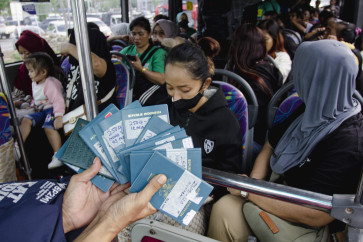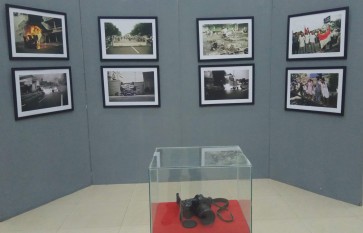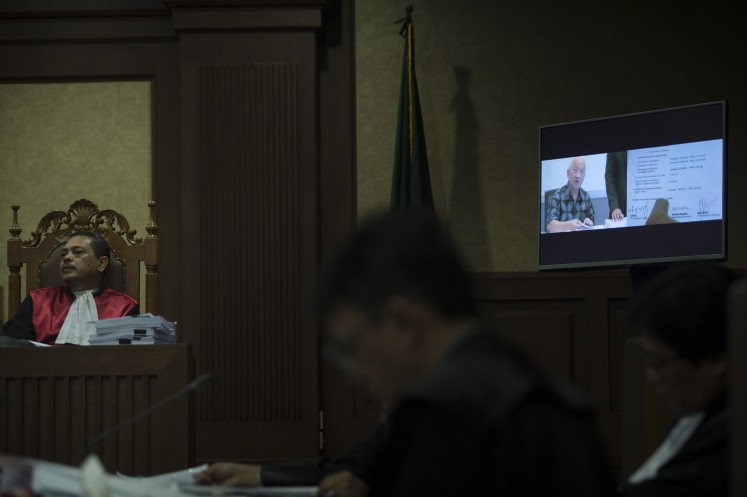Popular Reads
Top Results
Can't find what you're looking for?
View all search resultsPopular Reads
Top Results
Can't find what you're looking for?
View all search resultsEko Supriyanto: Moving Indonesian dance forward
When asked to name prominent Indonesian performing artists with international reputations, the name Eko Supriyanto would definitely be heard.
Change text size
Gift Premium Articles
to Anyone
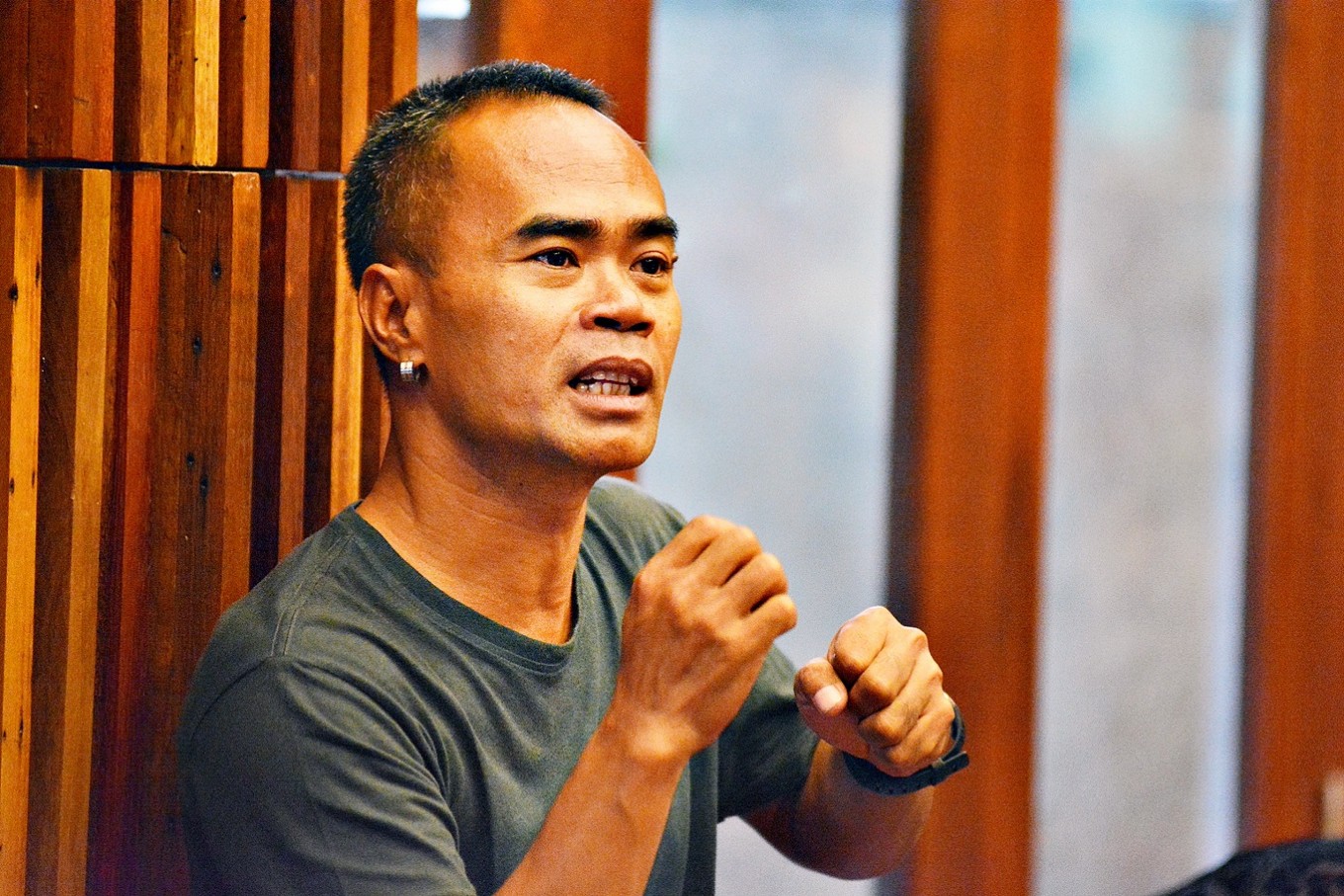 When asked to name prominent Indonesian performing artists with international reputations, the name Eko Supriyanto would definitely be heard. (Salihara Community/Withak Widhi Cahya)
When asked to name prominent Indonesian performing artists with international reputations, the name Eko Supriyanto would definitely be heard. (Salihara Community/Withak Widhi Cahya)
I
n the past few years, dancer-choreographer Eko Supriyanto has been grooming young dancers to play significant roles in Indonesia’s future dance scene.
He has been training teenagers in Jailolo, West Halmahera regency in North Maluku, for that purpose, while at the same time preserving traditional dance forms from the region.
Eko revealed there is a generation gap among art workers in Jailolo, where traditional dances are performed either by adults above 30 or children below 12.
“In a nutshell, teenagers there have not been involved [in preserving their traditional dances],” said the man, whose international career was mostly distinguished by his work as a dancer for pop icon Madonna during her 2001 Drowned World tour.
He said former West Halmahera regent Namto Hui Roba invited him to the region in June 2012 to choreograph a classical colossal dance to be staged at the annual Jailolo Bay Festival, while scouting young talents to take part in the performance.
Read also: Eko Supriyanto's 'Cry Jailolo' dazzles in Paris festival
“I asked the regent to help me do some field research first to understand the complexity of the local culture and dances because I am a Javanese and at that time I was not quite familiar with the local tradition yet,” said Eko.
Based on the research, he provided dance workshops involving senior high school students he had scouted. The first outcome was the Sasadu on the Sea dance piece performed during the 2013 festival.
The research and his immersion in the Jailolo culture have turned out to be a great source of inspiration for the 46-year-old Eko. He choreographed three pieces, Cry Jailolo ( 2014 ), Daunt in Soya-Soya ( 2015 ) and Balabala ( 2016 ), all of which have been featured in international festivals, based on his experiences living in the area.
Balabala, a dance number inspired by a couple of Jailolo war dances, cakaleleand soya-soya, has just been performed by an all-female troupe of local dancers at the recent Tokyo Performing Arts Meeting 2017 in Yokohama, aside from being staged in Antwerp, Belgium and Frankfurt, Germany.
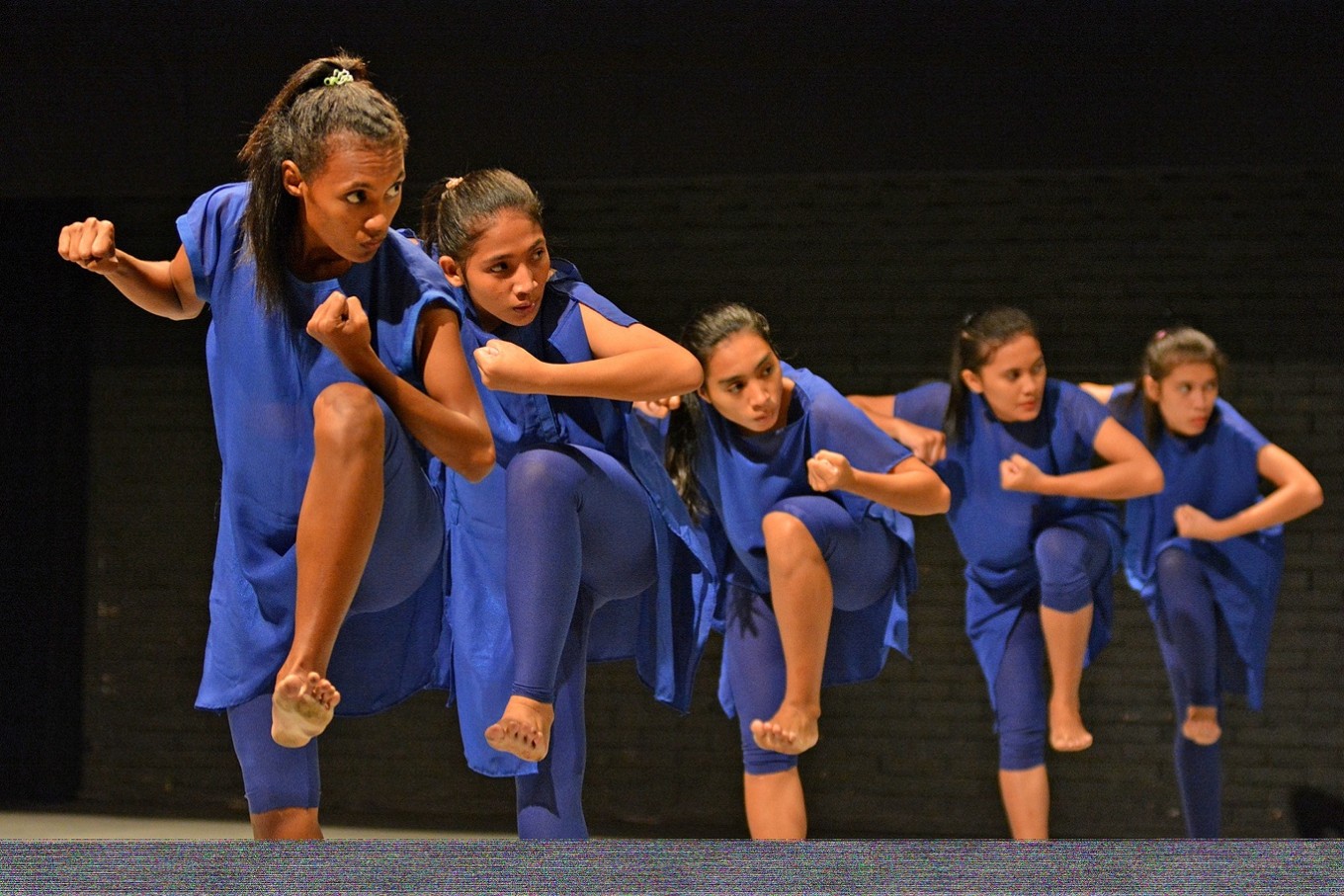
Eko’s ability to add something new to the Jailolo Bay Festival each year, coupled with his ability to promote the region’s traditional dance to the global scene by performing pieces inspired by local culture featuring local dancers in international festivals, has strengthened the local government’s trust in him.
As a result, he has been the local government’s constant partner in preparing the annual festival and grooming local talents, supported by the current West Halmahera Regent Danny Missy.
“To ensure regeneration, once these senior high school students graduate, they can no longer participate in the festival so as to make room for the first graders,” said Eko, who holds a Master’s of fine arts degree in dance and choreography from the University of California, Los Angeles’ (UCLA) Department of World Arts and Cultures, as well as doctorate in performance studies from Yogyakarta’s Gadjah Mada University (UGM).
Read also: Celebrating resilience of Jailolo women
Currently, he is preparing local youngsters to be dance trainers as well so that in the future they could work independently in grooming new talents in their region.
He is also working on a new dance piece called Salt, which is slated to be premiered on Oct. 14 in Belgium before being performed at home on Nov. 10 and 11 at the Salihara cultural center in Jakarta.
Salt is a solo number that will be danced by Eko. The piece, which concludes his Jailolo trilogy preceded by Cry Jailolo and Balabala, has been inspired by the diving lessons he takes in the region.
“My diving lessons have helped me discover many new forms of physicality explorations that are quite different from those I explore onstage. The physical effect that the body creates when it adapts to water’s anti-gravity space helps me to enter a new realm.”
In creating the new dance piece, Eko challenges himself to “get out of his Javanese dancer” body, which is firmly planted on the ground, to adjust to the nature of diving, which defies gravity.
He said he was impressed by the development of Indonesia’s contemporary dance scene, showcasing explorations of new zones and media that had never been tapped into before.
“Right now, performance art that combines dance and visual arts are very popular. New trends introduced by the Dance on Camera Festival [in the United States], also expand the possibility of new spaces for performing arts in Indonesia,” Eko said.
Indonesia, an archipelagic nation that has more than 17,000 islands, is rich with traditional dances that provide lots of room for exploration.
“Artists who are interested in exploring Indonesia’s dances, particularly outside Java, Sumatra and Bali, could derive their inspiration from our traditional dances,” Eko said.
Artists who are interested in developing and preserving local dances, however, need to be supported by local governments to turn the former’s endeavors into success stories. According to Eko, this kind of support is still hard to find in Indonesia.
“To make such partnerships successful, the local governments and artists have to synergize. Local governments need to promote their regions’ assets and to achieve this, they have to give artists complete creative freedom.”


